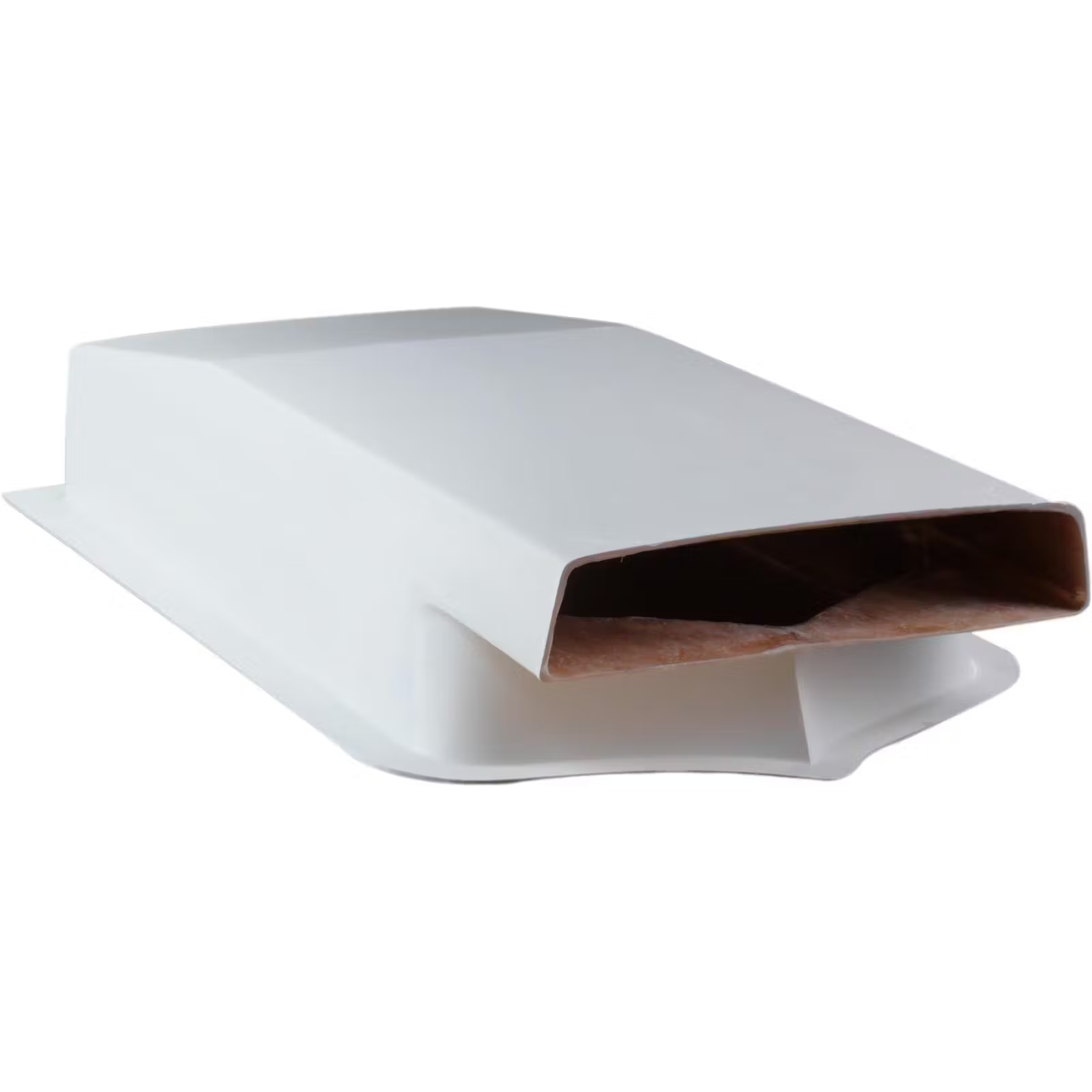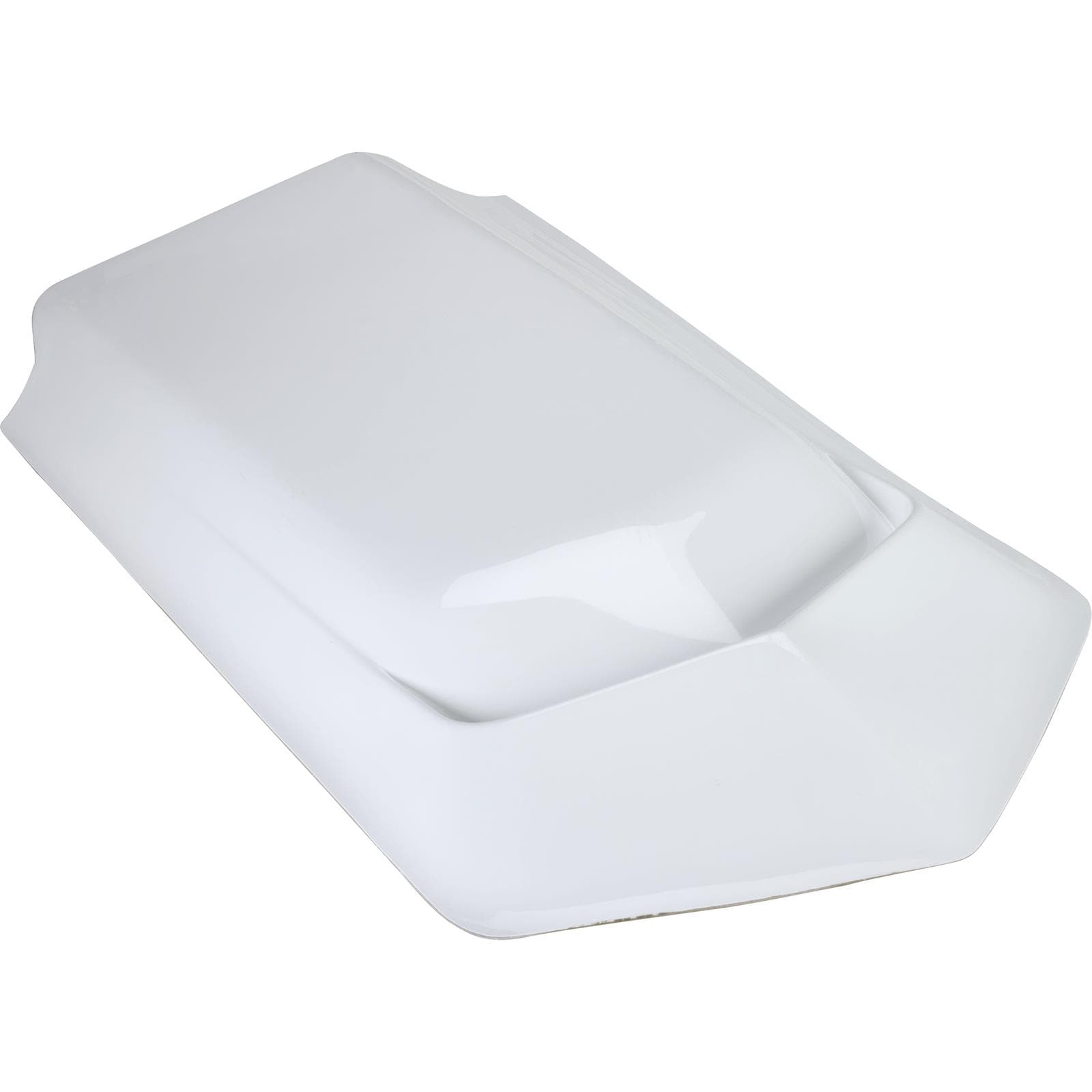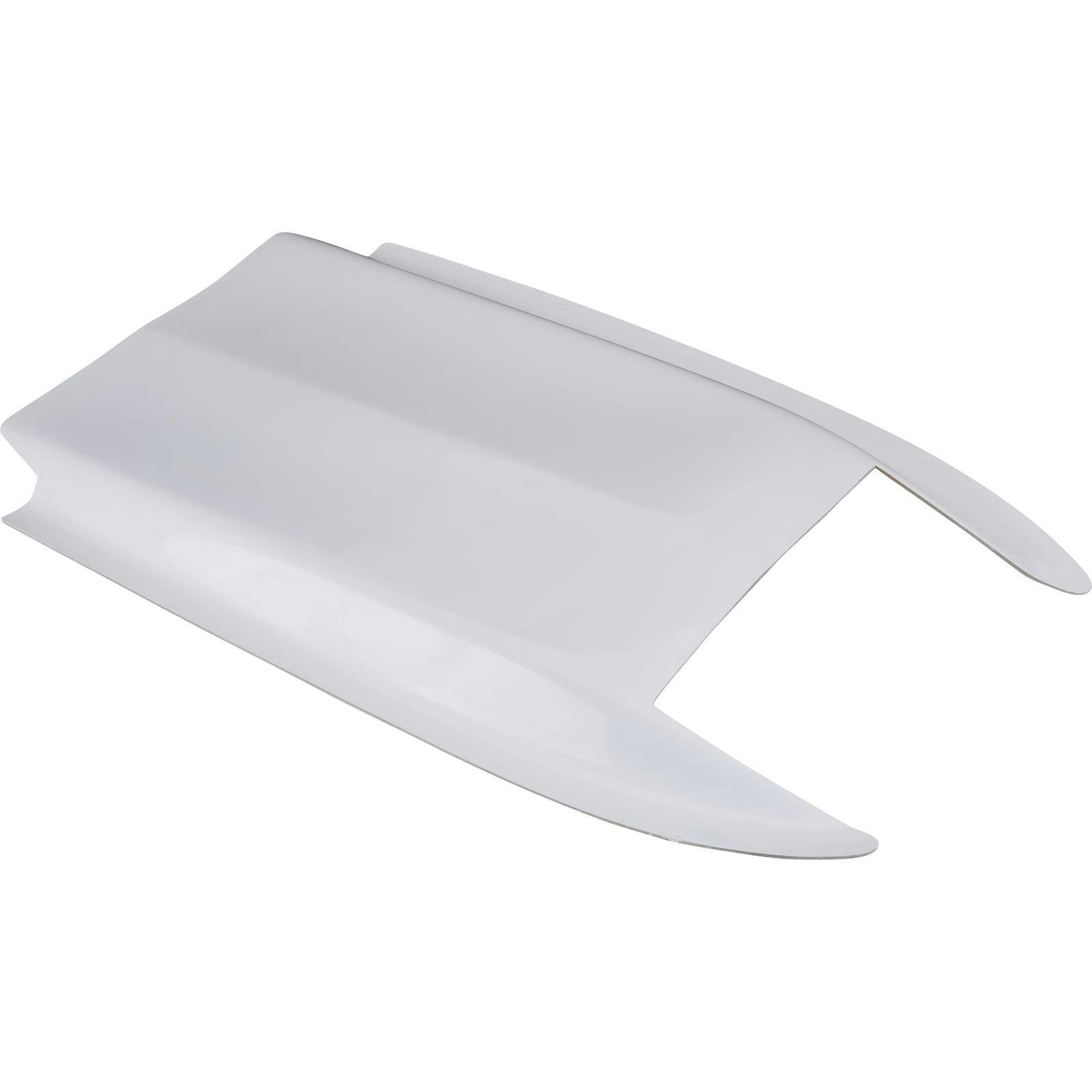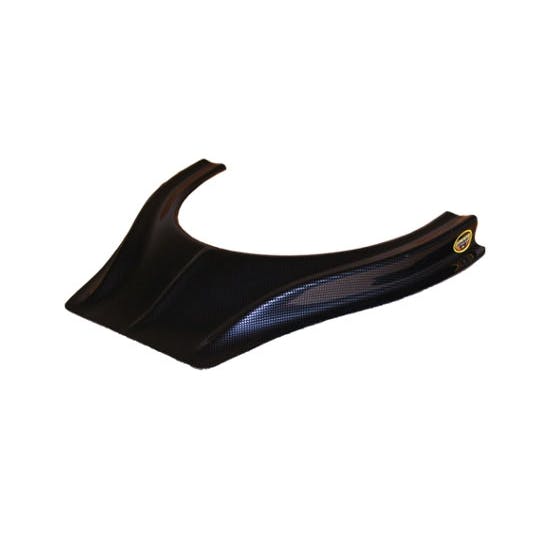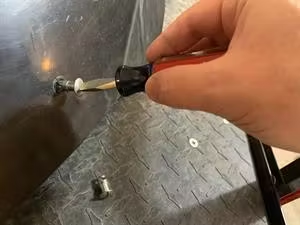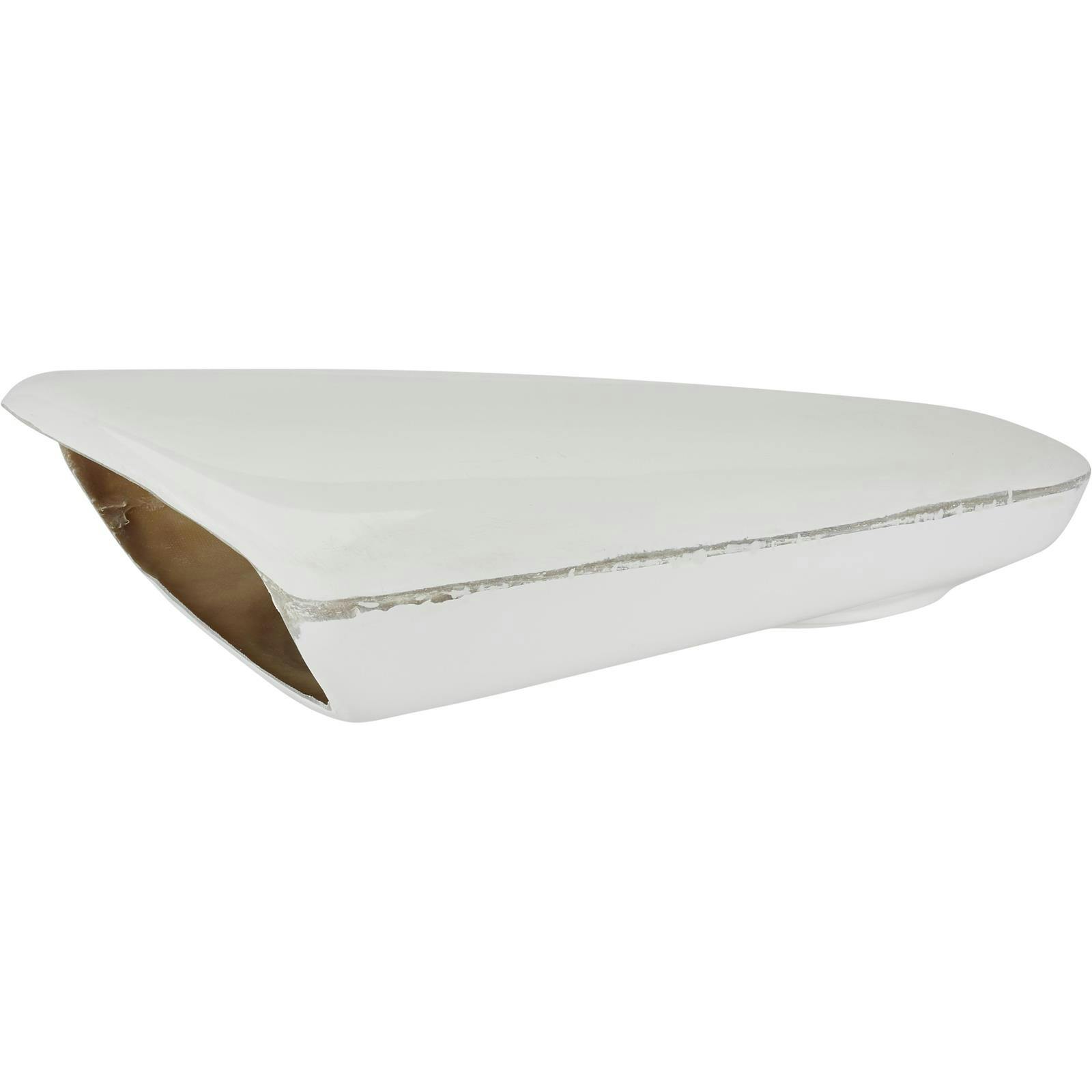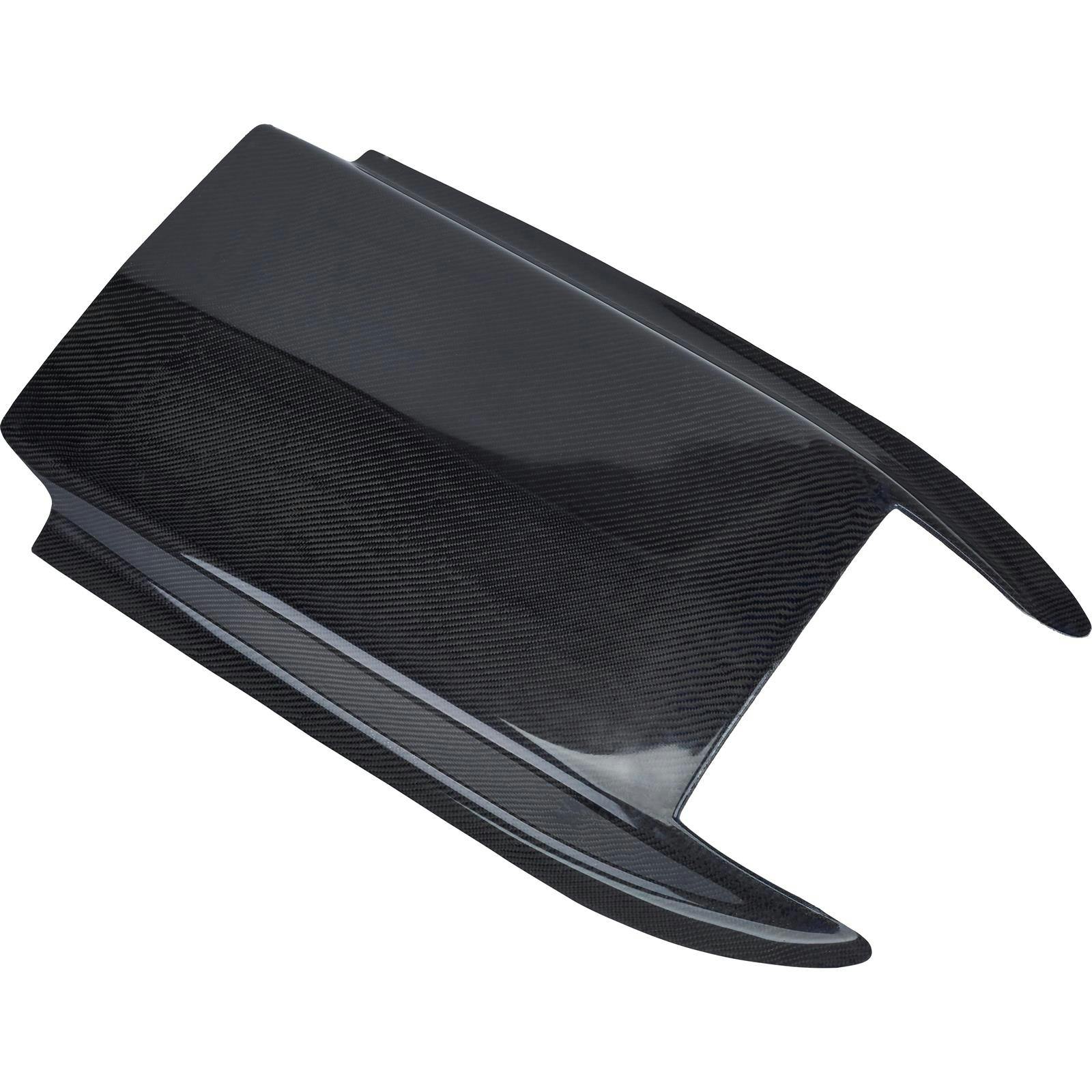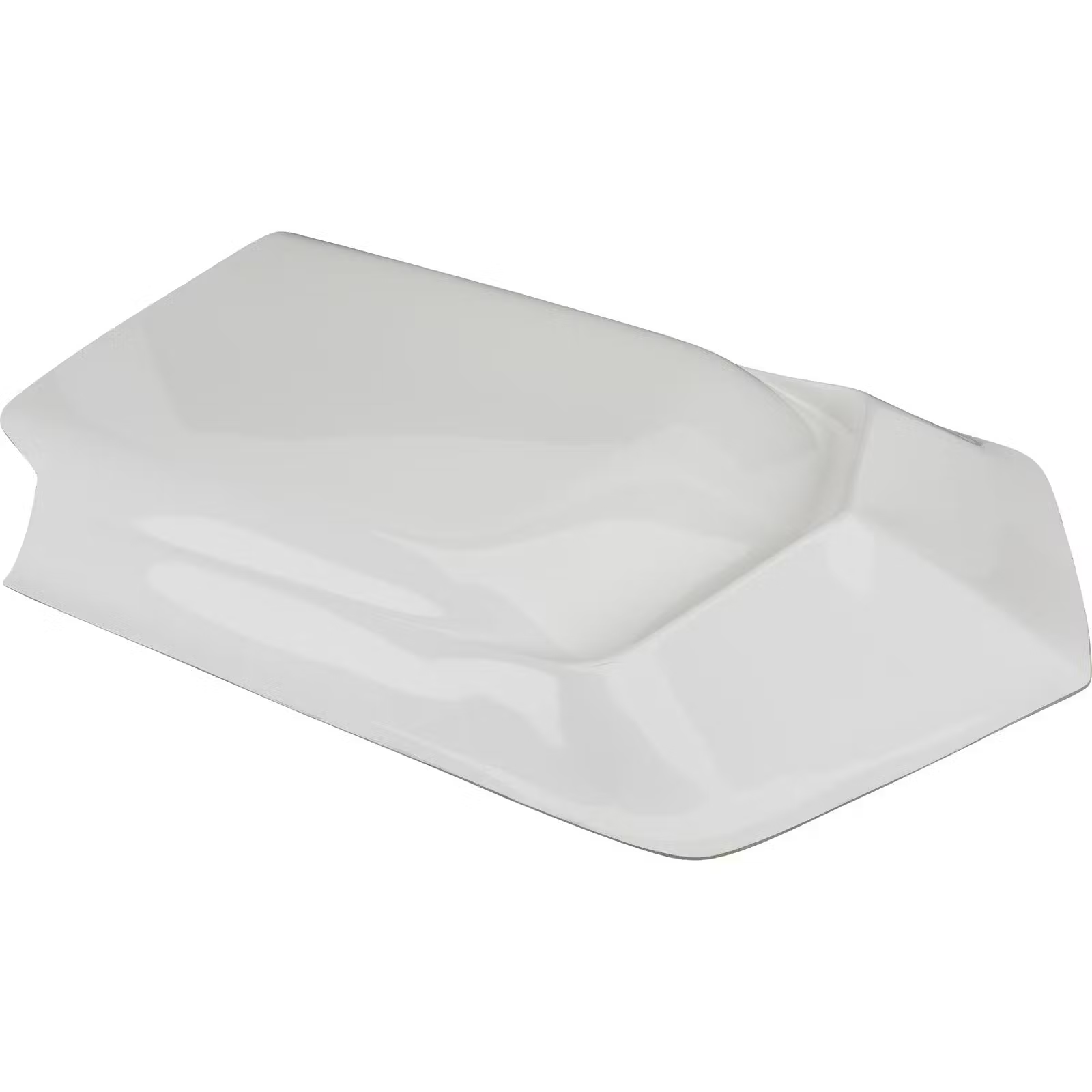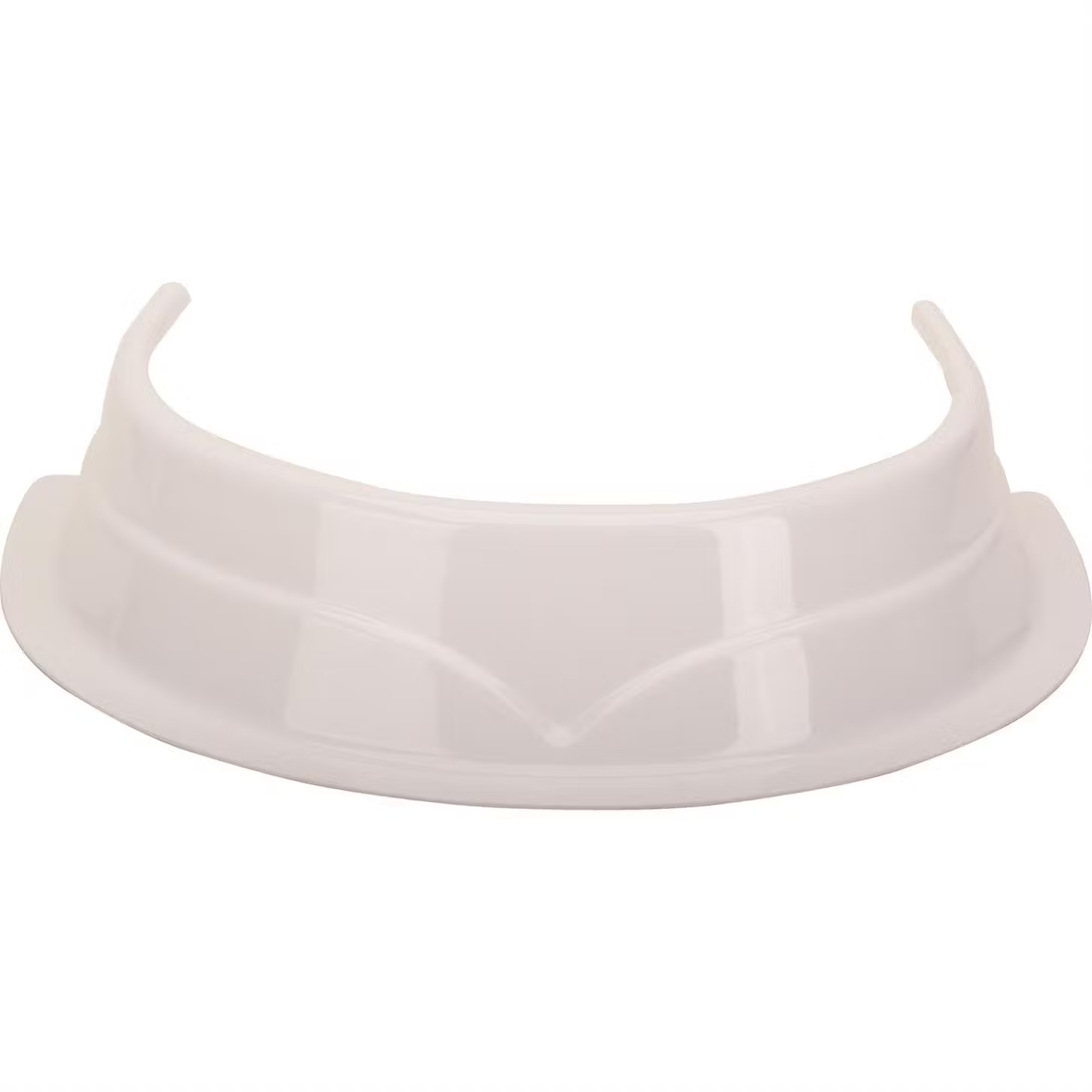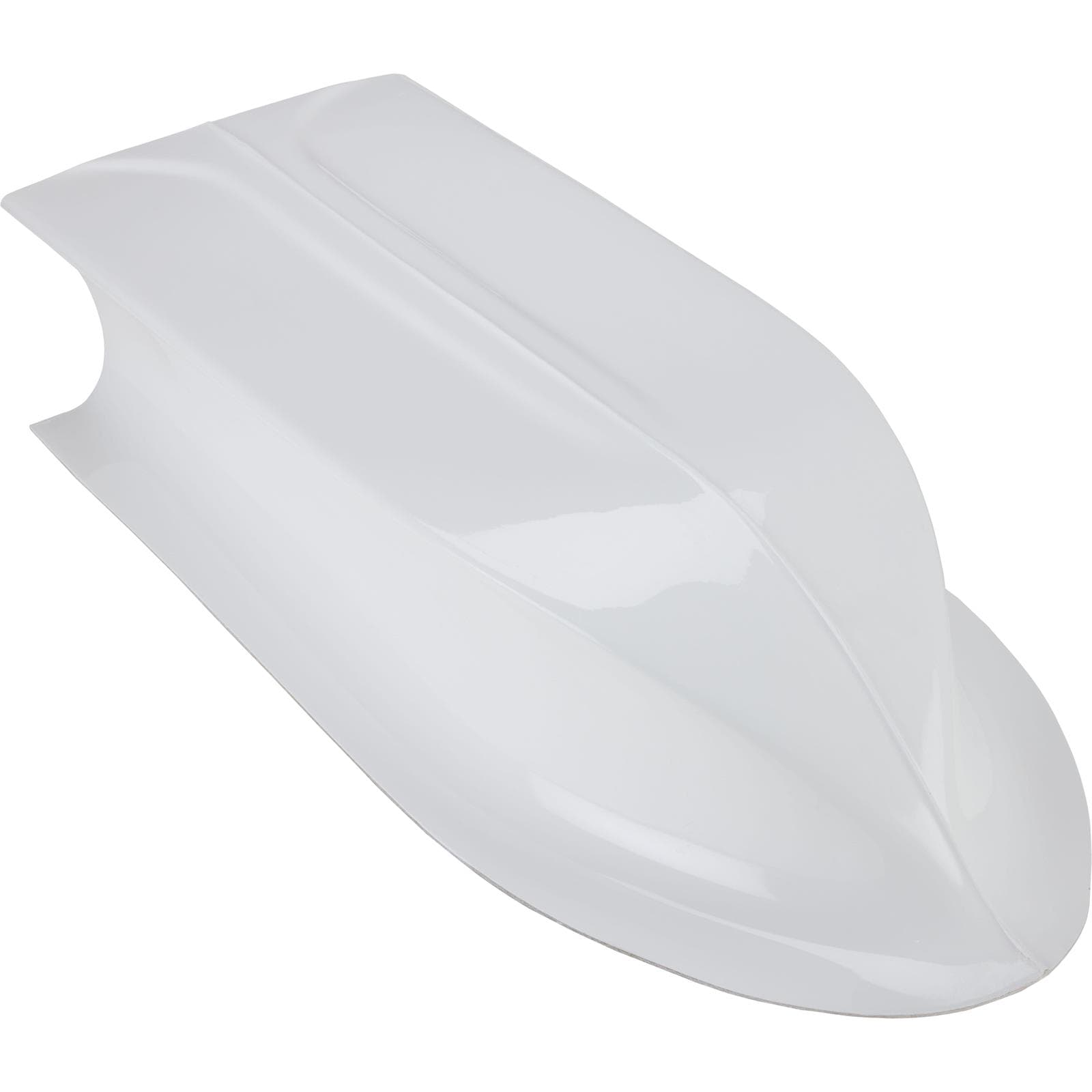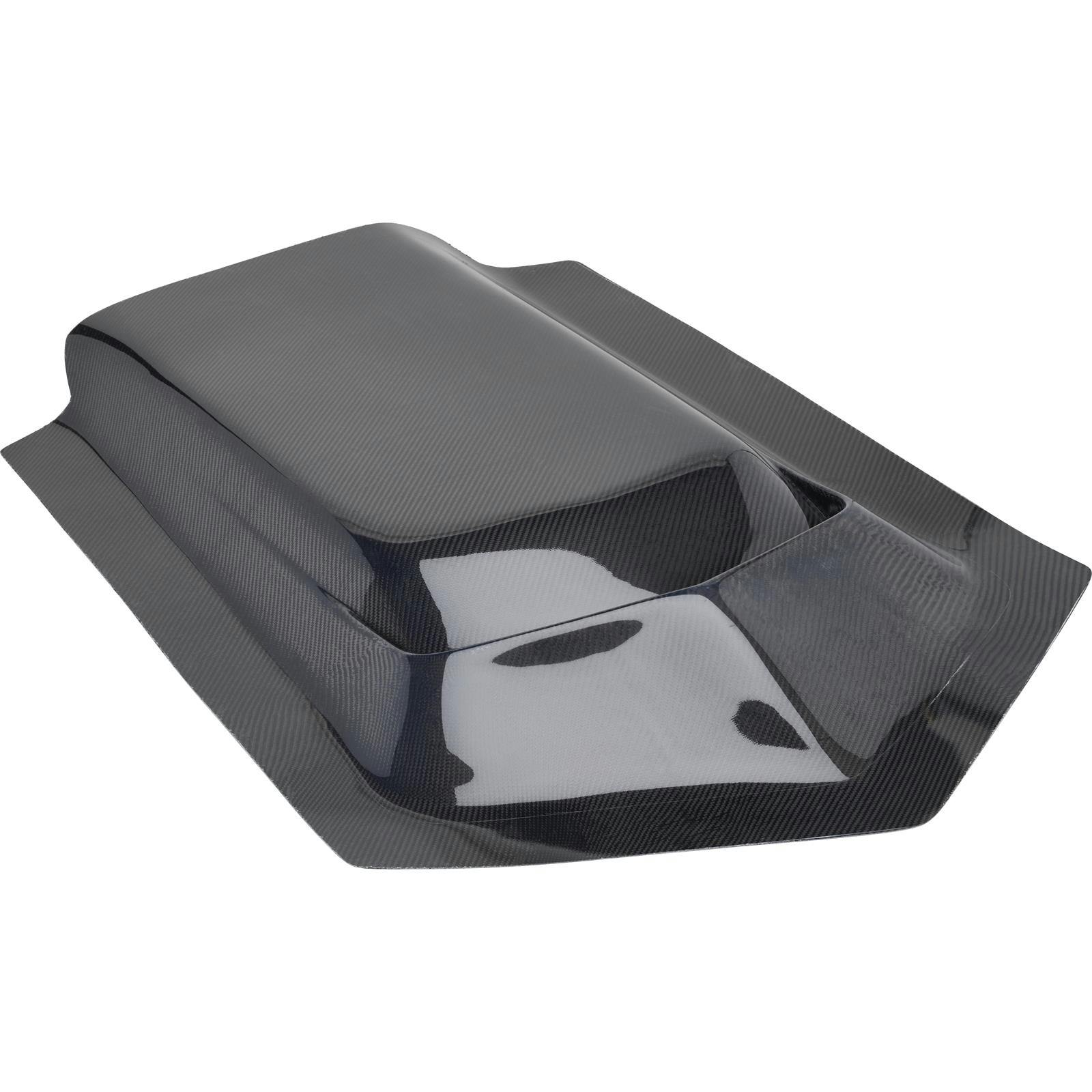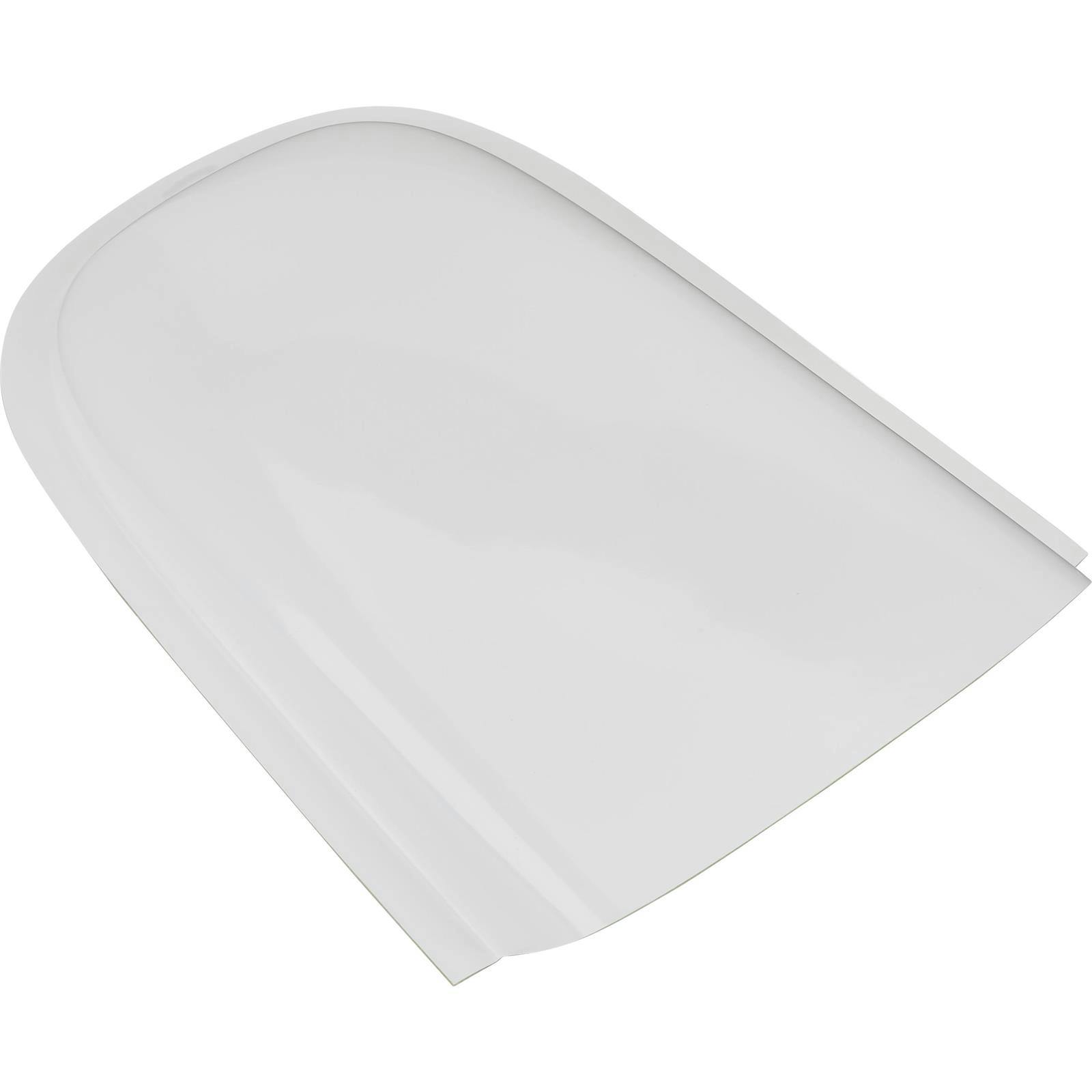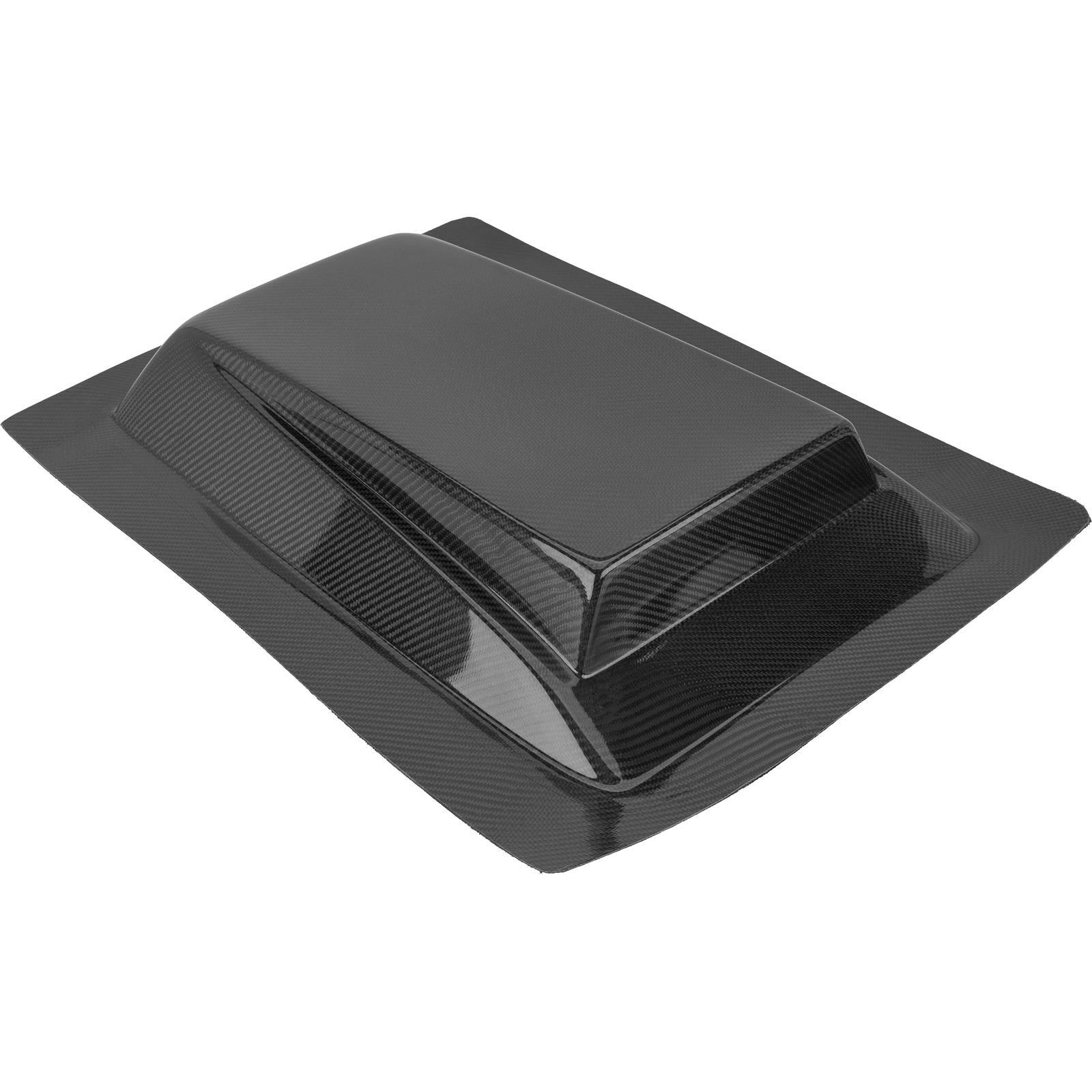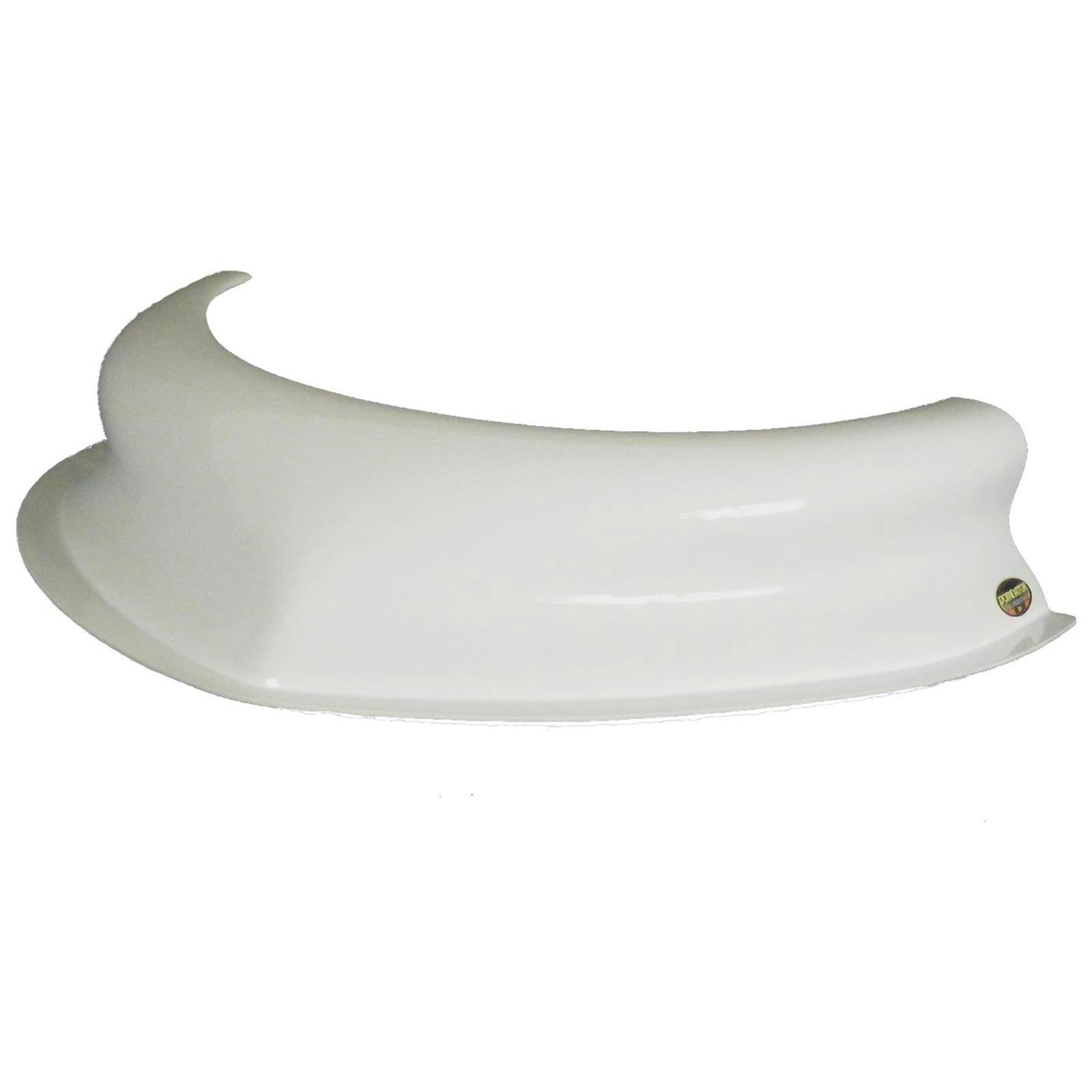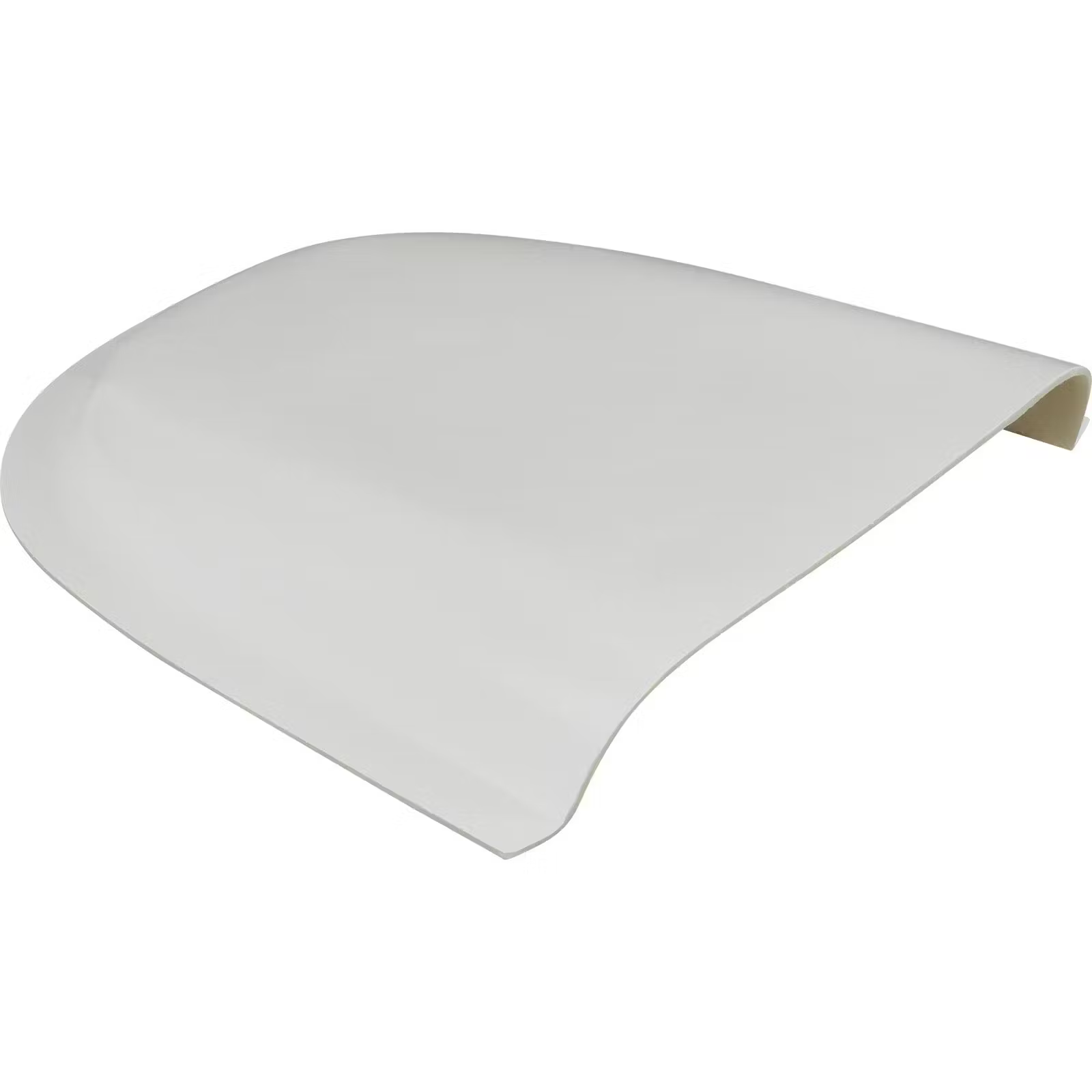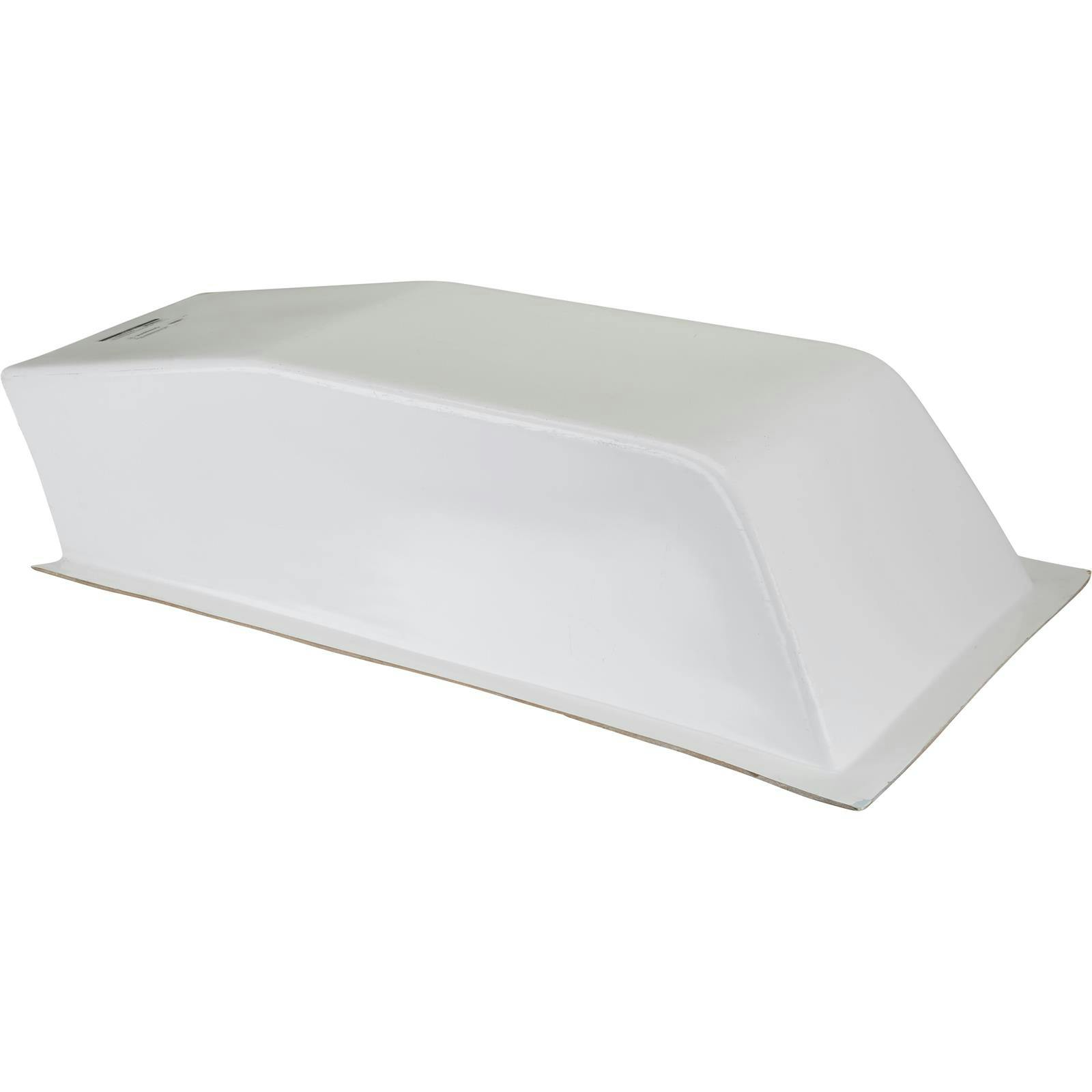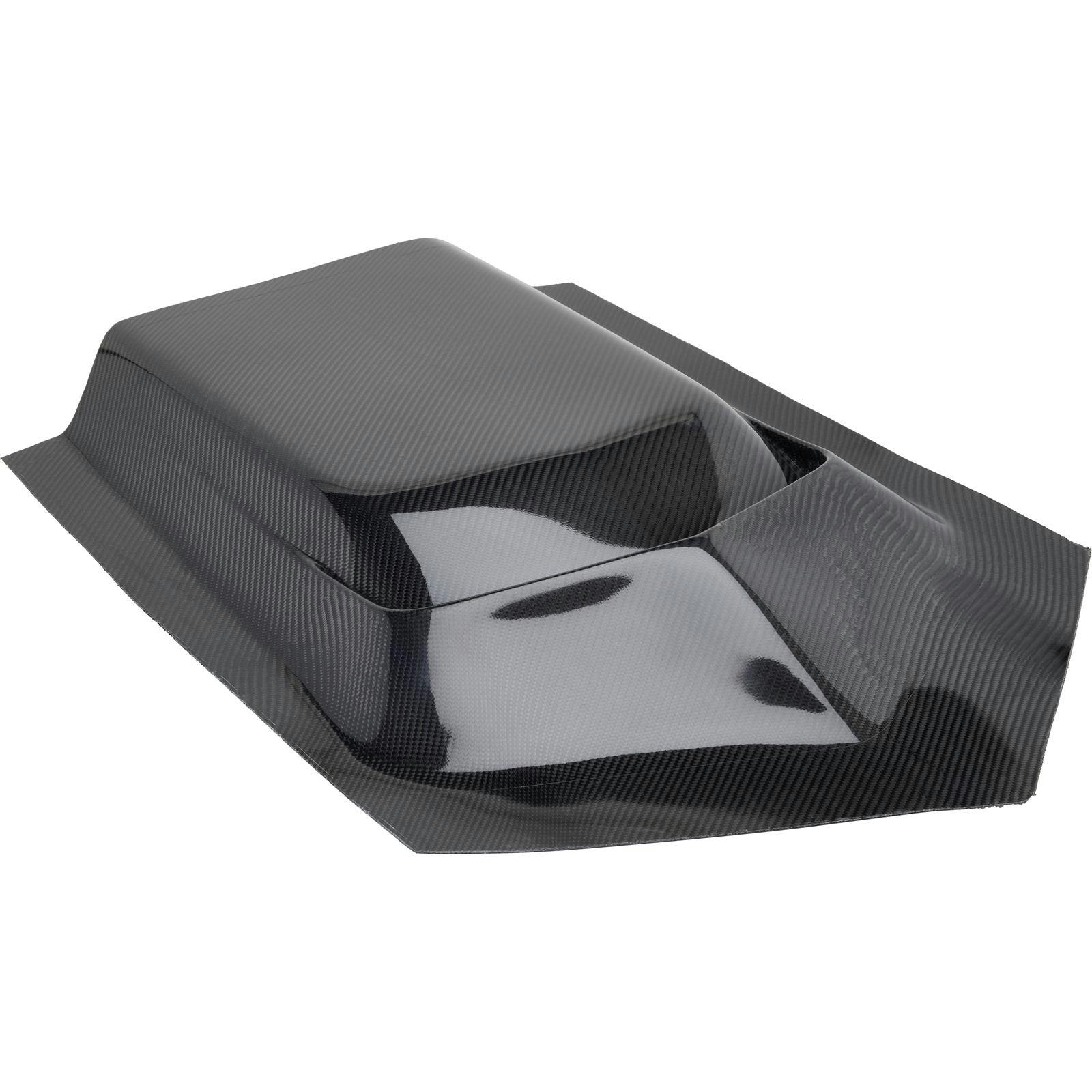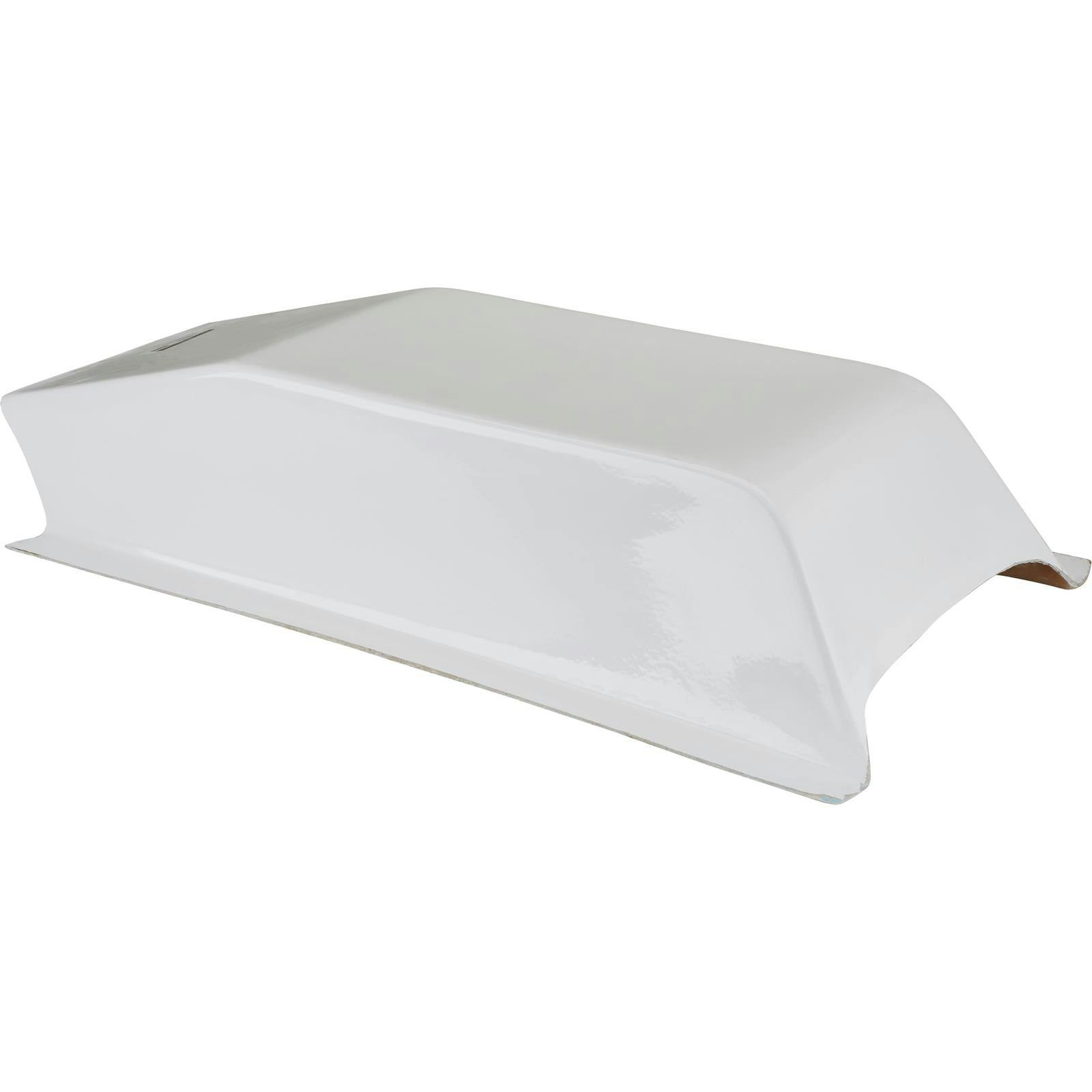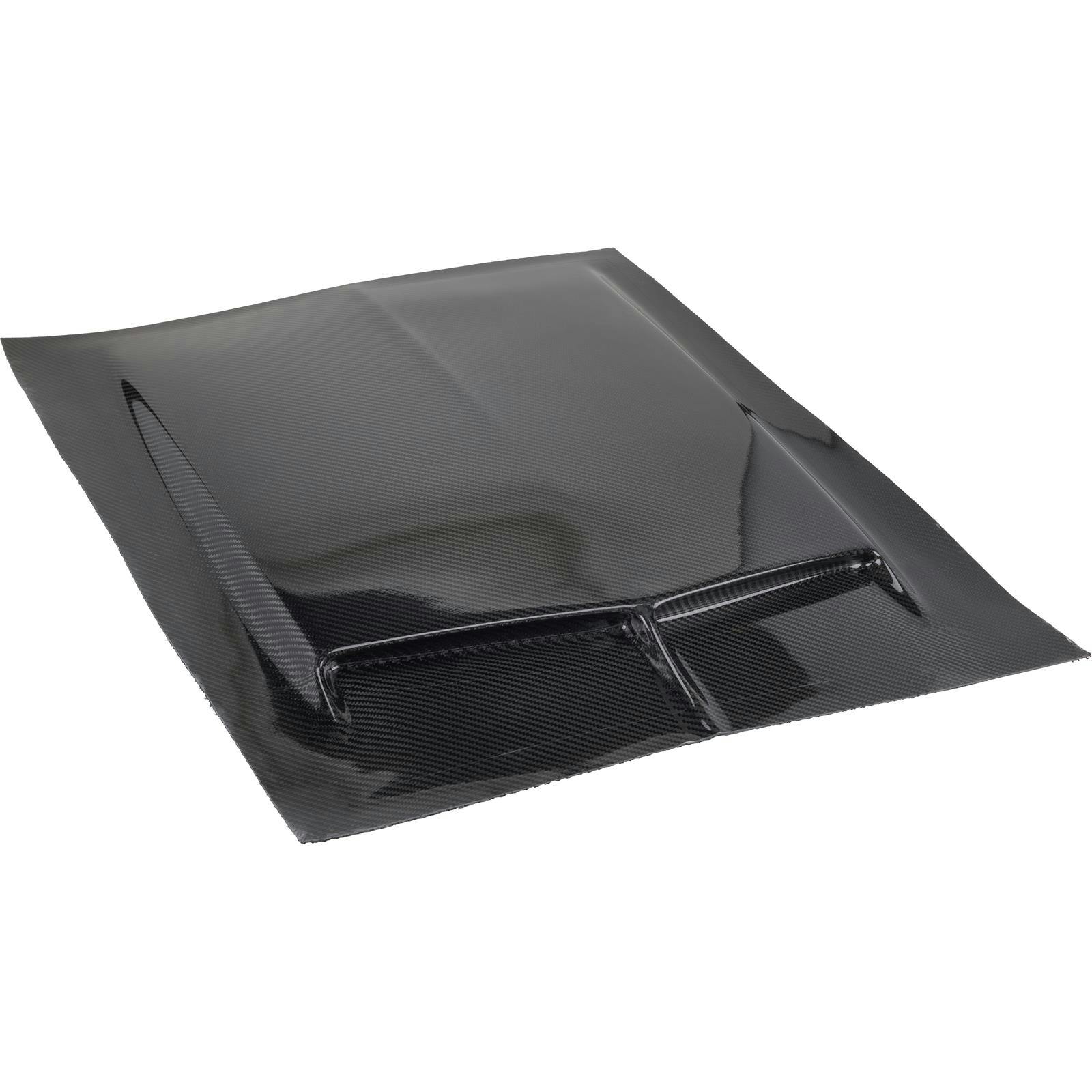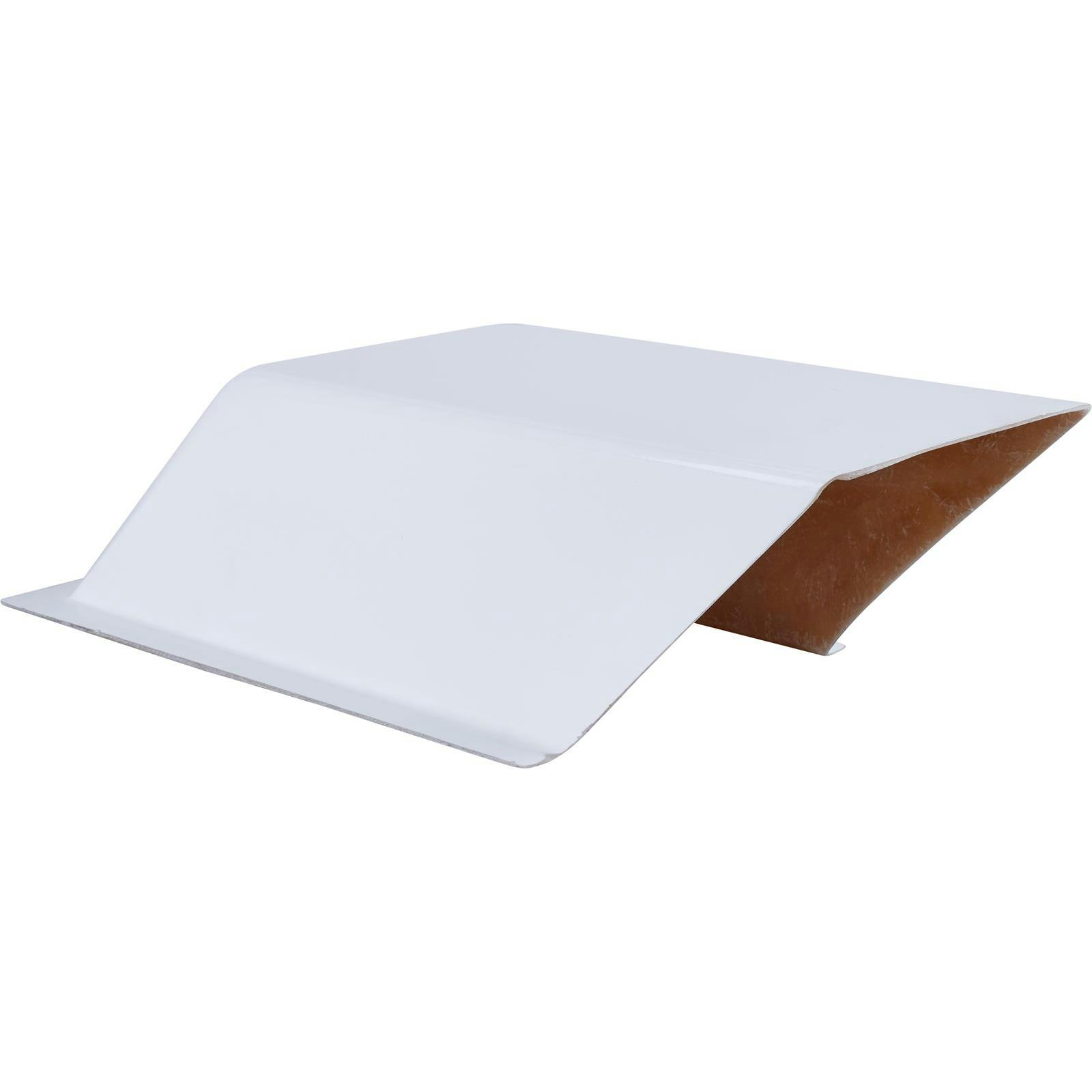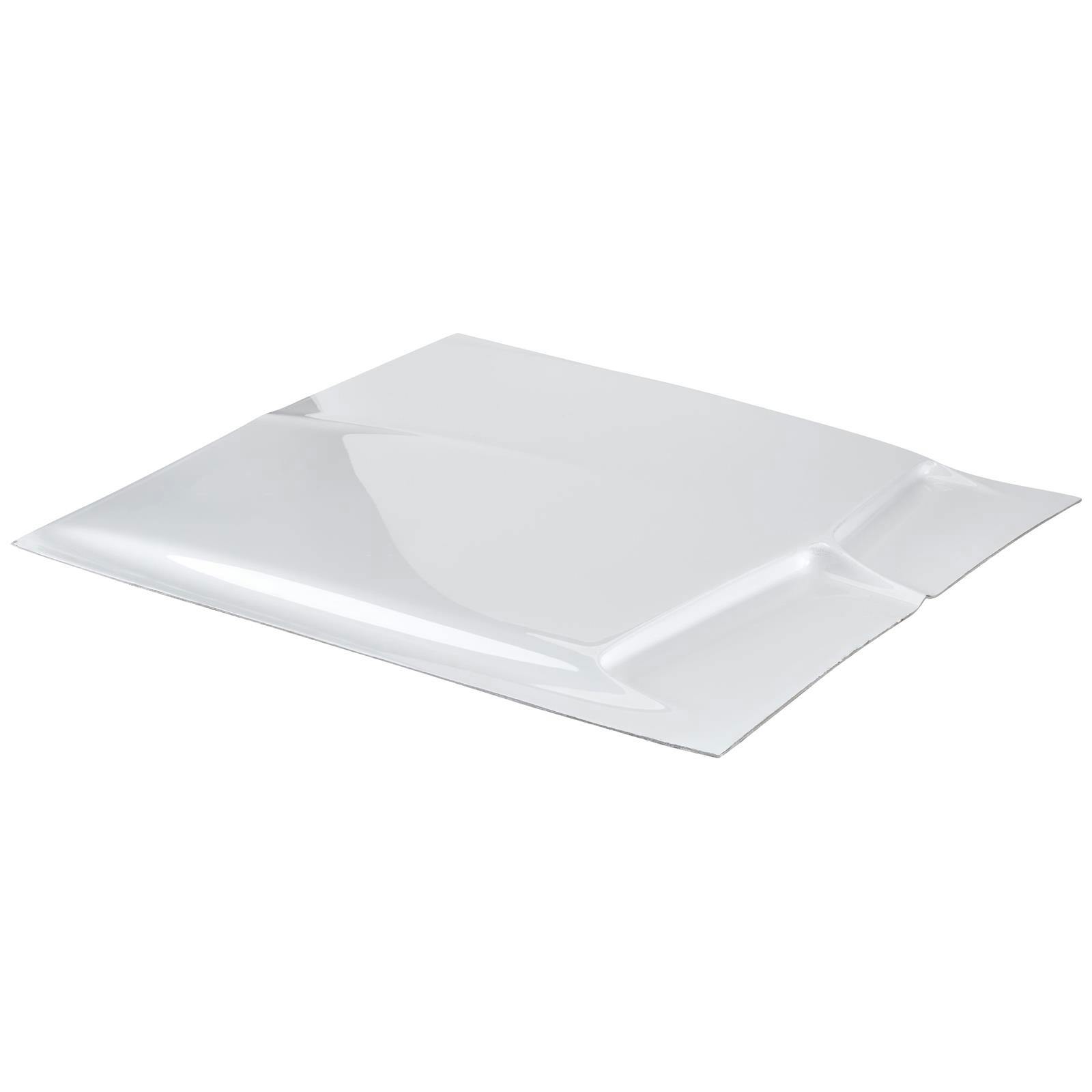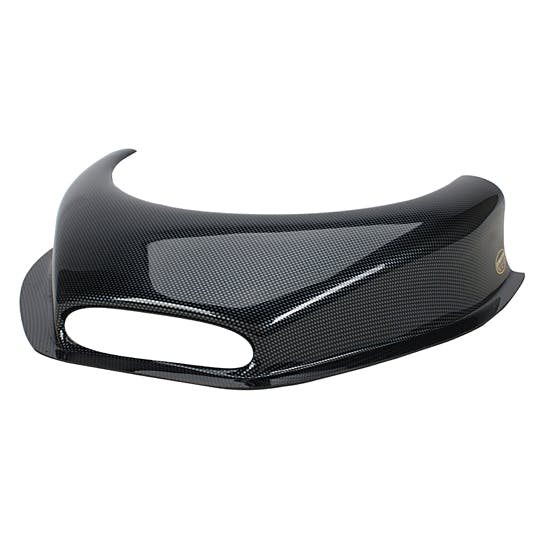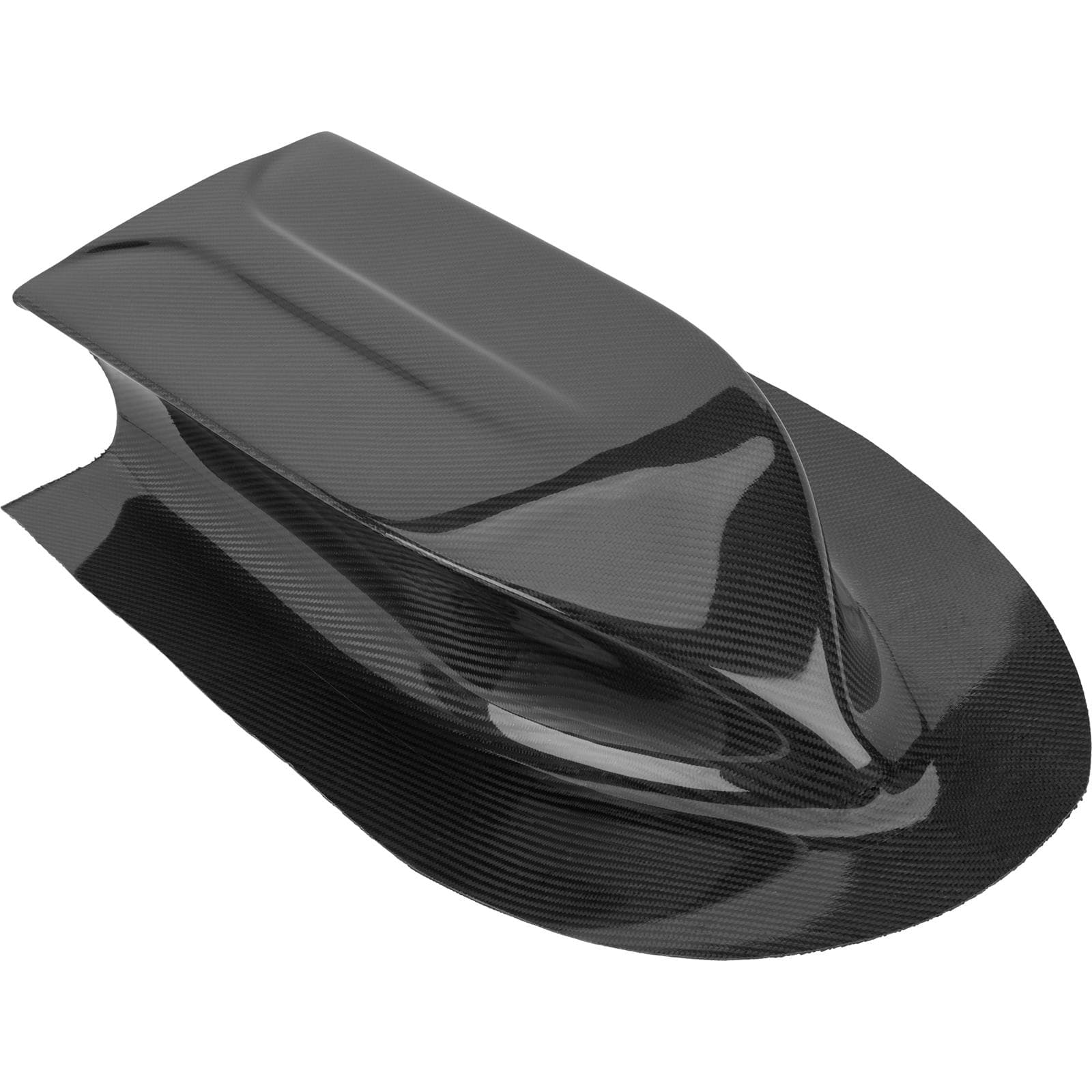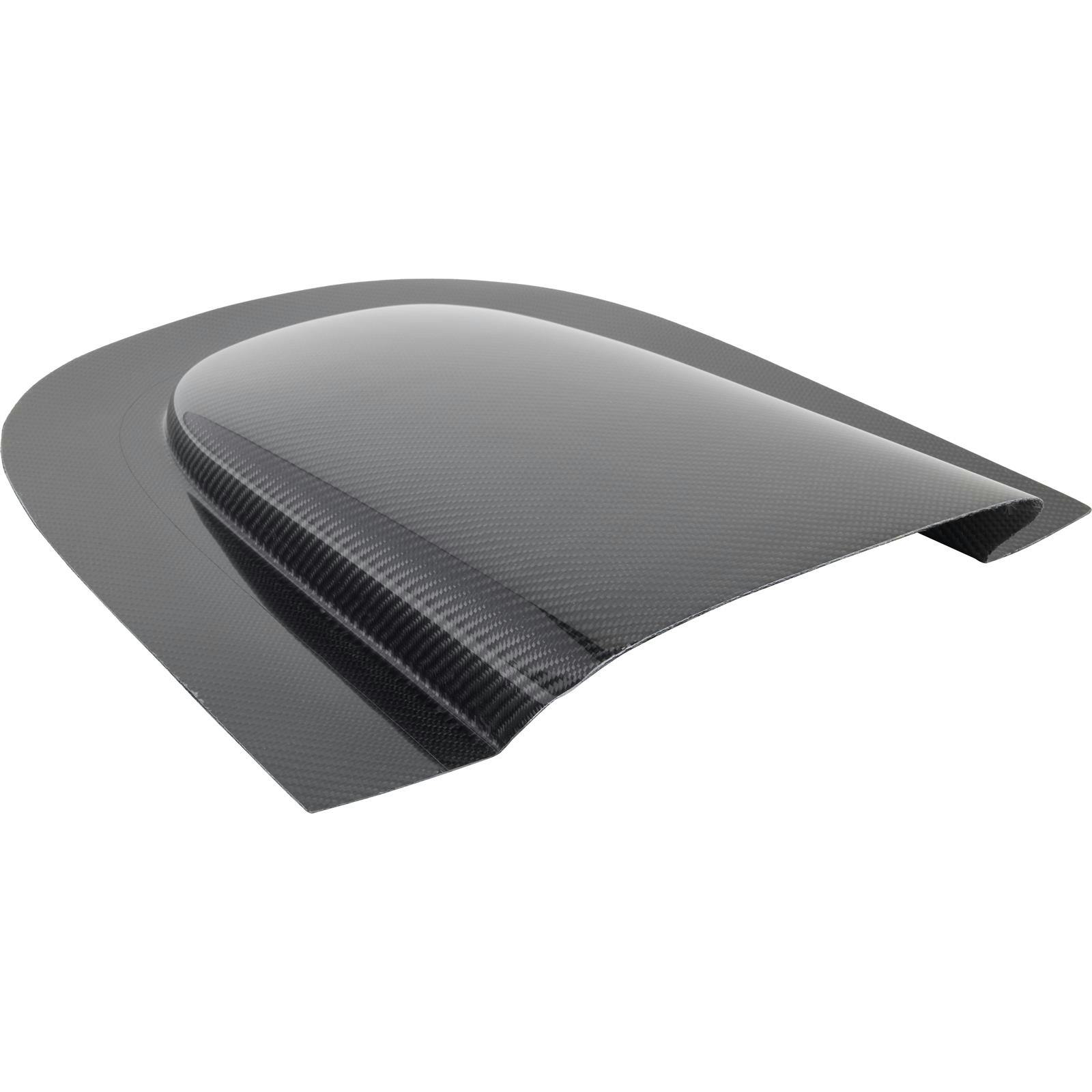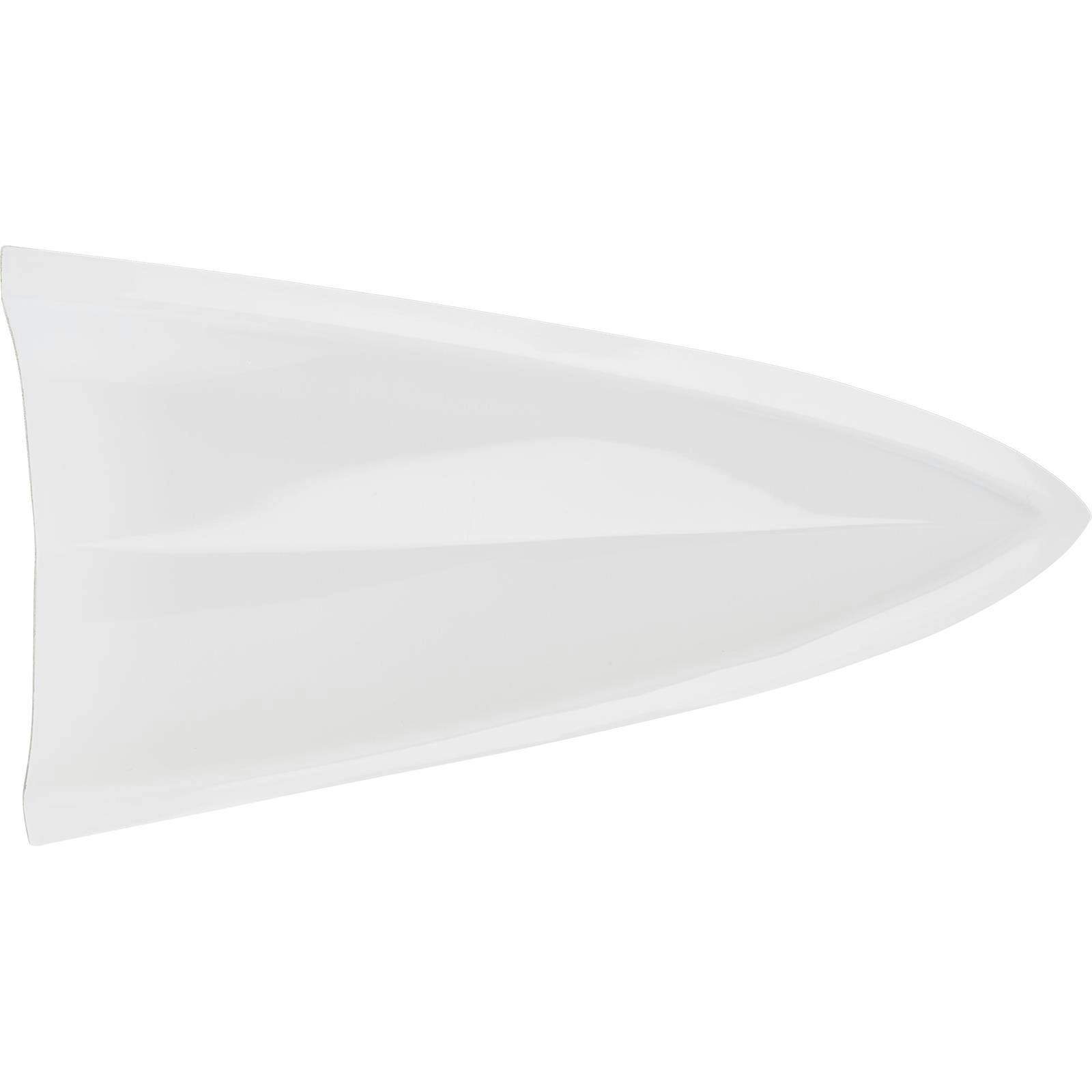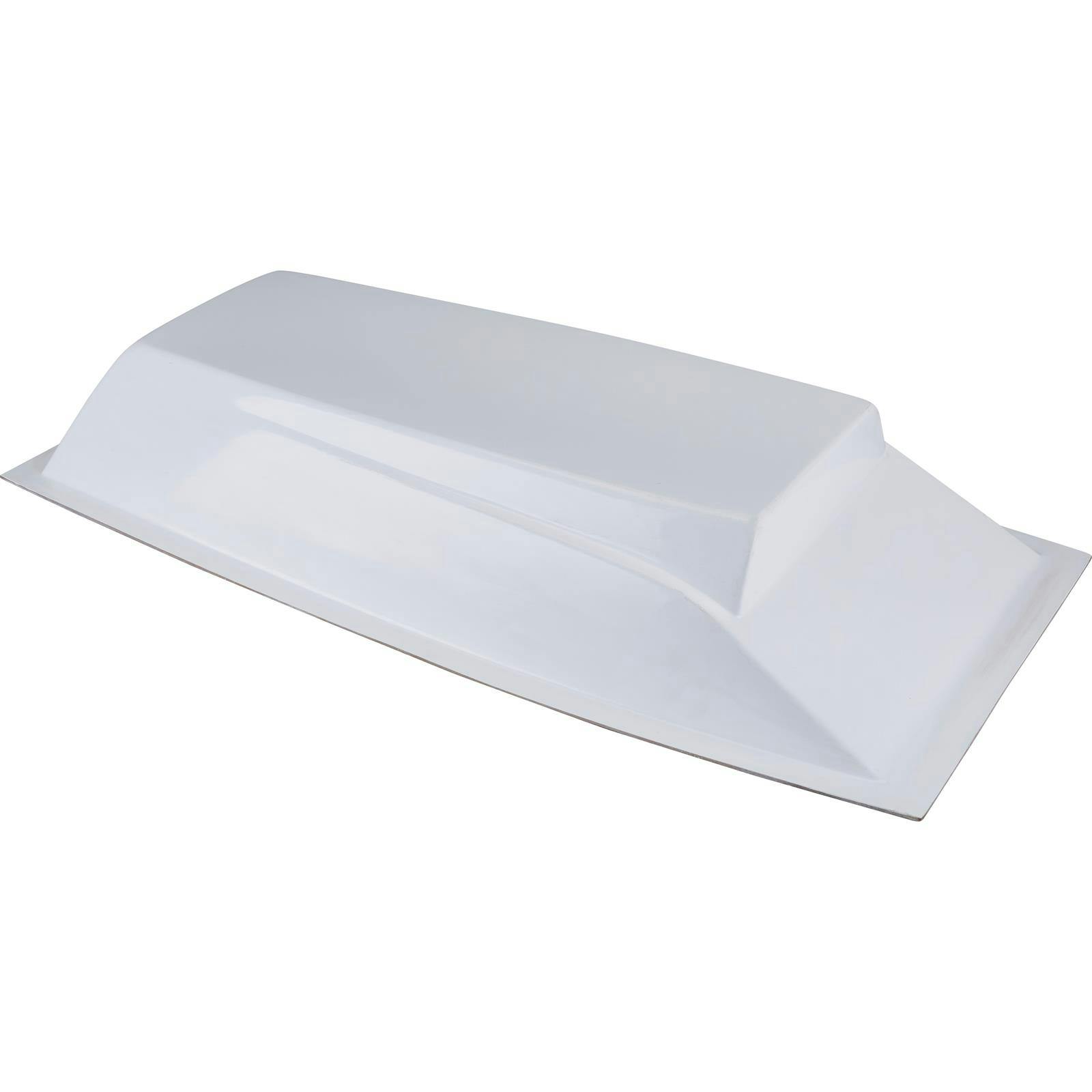Find Parts That Fit Your Vehicle
Products
Related Articles
Showing 1 - 36 of 61 results
Shop Feedback:
Did you find what you are looking for?
Popular Parts
Adding a hood scoop to your vehicle is one of the most popular ways of personalizing it. However, hood scoops also help feed your vehicle’s engine the air it needs to run at its best. From cowl hood scoops to fiberglass hood scoops, aftermarket hood scoops have been a part of the automotive landscape since the second car hit the streets. Okay, that might be a slight exaggeration, but regardless, hood scoops play a large role in the performance aftermarket. If you need help picking out the perfect hood scoop for your ride, we’re here to guide you in the right direction.
What Is the Purpose of a Hood Scoop?
Have you ever scooped ice from an ice machine to put it into a cooler full of beverages? Hood scoops are designed to scoop air that would normally pass right over the vehicle and direct it into your engine. Cowl hood scoops, fiberglass hood scoops, and hood scoops, in general, are a performance modification. Thinking of an engine as one large air pump, the more air you can get into an engine, the more horsepower it’s capable of making. That is the purpose of a car hood scoop; to get more air into the engine. Even a small hood scoop, bonnet scoop, or a universal hood scoop can make a big difference in enabling your vehicle to make more horsepower. Our friends across the water might call them a bonnet scoop, but whatever you want to call it, an aluminum hood scoop or the more common fiberglass hood scoops are a great addition when trying to make power.
Do Hood Scoops Work?
Hood scoops have been around for decades. If hood scoops didn’t work, they would’ve disappeared from the automotive landscape years ago. A hood scoop intake designed to funnel air straight to the carburetor or throttle-body is a big benefit to an engine. Even in the early days of the Flathead Ford when six Strombergs ruled the world, what did each carburetor have on it? You guessed it, an air scoop on each carburetor to scoop out as much air and direct it into the carburetor. Even a universal hood scoop will help your engine make the most horsepower possible, but maybe you need a Mustang hood scoop, or a Camaro hood scoop, or even a Corvette hood scoop (or a simply a universal cowl induction scoop), to improve the looks of your car, or its performance, or both! Either way, hood scoops work.
What Makes a Hood Scoop Functional?
Cowl hood scoops route air from the back of the hood into the engine compartment, working off the high-pressure area at the base of the windshield. While fiberglass hood scoops or a bolt-on hood scoop are generally forward-facing hood scoops directing air from the front of the hood or just above the carburetor(s). In racing applications, cowl hood scoops are connected to an air intake or filter box to best take advantage of incoming air. What makes a hood scoop functional is when it directs air straight into the intake tract or the filters, the carburetor(s), and the like.
Can You Drive a Car with A Hood Scoop in The Rain?
Regardless if we’re talking about fiberglass hood scoops as part of the hood or a bolt-on hood scoop, the goal is not allowing any rainwater into the intake tract or the carburetor(s). A bolt-on hood scoop or fiberglass hood scoops that have been molded into a hood will keep rainwater from entering the engine compartment, but also, many hood scoops have a drain provision to keep water from getting into the engine. Cowl hood scoops that draw air from the back of the hood are either sealed at the bottom of the hood, or they feature a drain to keep water from entering the engine. With a proper drain or seal in place you can absolutely drive a car with a hood scoop in the rain.
Are Hood Scoops Street-Legal?
Hood scoops are street-legal. After all, many cars have had them from the factory. Cowl hood scoops that don’t block a driver’s vision aren’t really an issue, but oversized fiberglass hood scoops or tall bolt-on hood scoops that impact your ability to navigate public traffic, that’s when a hood scoop could cause you to run afoul of the law. The size of the hood scoop is the most important aspect when choosing the right one for your vehicle. Common sense reigns supreme here. Hood scoops designed for race cars are different than those destined for the street. A two-foot-tall Pro Stock-style hood scoop on the street may not be pleasantly received, so when choosing one for your street ride, do yourself a favor and keep it low-key.

